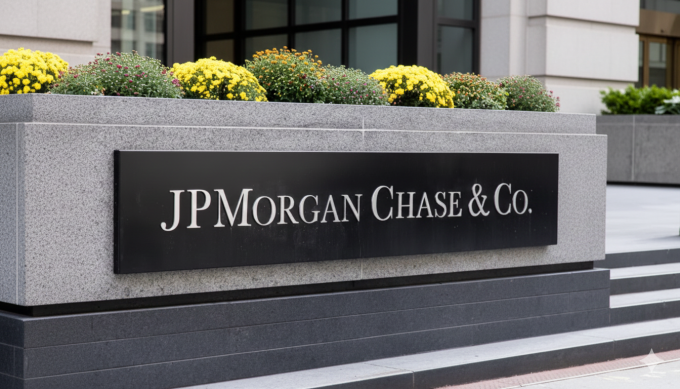Global cryptocurrency markets regained composure on Tuesday, with Bitcoin edging above $110,000 (+3 %), and Ethereum hovering near $4,030 (+2.8 %). These moves come amid growing institutional participation and a regulatory environment in flux, underlining how macro developments are increasingly influencing digital-asset flows.
Market Reaction – Stability Returns, But Caution Lingers
Bitcoin’s recent climb above the $110,000 mark marks a tentative pivot away from the sharp drawdowns seen just days earlier, when it dipped toward $104,000. The global crypto market capitalisation now stands around $3.86 trillion, with 24-hour trading volumes near $153 billion, reflecting a 2.7 % uptick in overall value. Although these metrics suggest renewed risk appetite, trading patterns signal a cautious mood: volatility remains elevated and large volume spikes are scarce. For sophisticated market participants, the implication is clear—while the directional bias may be improving, the room for upside surprise is moderated by macro uncertainty and regulatory oversight.
Regulatory and Institutional Implications – Frameworks Tighten, Infrastructure Grows
Regulatory scrutiny remains a structural theme. The Financial Stability Board (FSB) recently flagged “significant gaps” in global crypto governance, demanding stronger cross-border coordination as the asset class eclipses $4 trillion in scale. At the same time, institutions are accelerating access to regulated derivatives and futures products in cryptocurrencies—an evolution signalling that capital is shifting from retail speculation toward professionalised, compliance-oriented exposure. This dual dynamic alters the market’s architecture: while institutions provide deeper liquidity, the increasing regulatory burden may constrain flash rallies and compress leverage-driven moves.
Investor Sentiment and Strategic Positioning – From Proof of Concept to Portfolio Structure
Sentiment indicators reveal a marketplace transitioning from panic to tactical accumulation. Institutional investors and hedge funds appear to be scaling into major digital-asset positions, while simultaneously deploying protective hedges given macro headwinds. The recent price stability signals that some long-only speculative flows have paused, replaced by a more nuanced allocation strategy—one that emphasises regulated access and risk-management. Psychologically, this implies that the market has moved past the “fear of missing out” phase and is now navigating a “fear of getting caught” dynamic—where downside risk, not upside surprise, dominates decision-making.
Looking ahead, the next inflection points for the crypto ecosystem include upcoming inflation data in the U.S., notable central-bank commentary, and potential regulatory announcements around stablecoins and derivatives markets. For institutional investors, the stakes are whether Bitcoin and Ethereum can hold their key support zones, and how quickly regulated infrastructure can scale. The opportunities lie in the transition to regulated capital flows and infrastructure maturation; the risks remain rooted in macro shocks, fragmented regulation and liquidity disruptions in over-leveraged segments.













Leave a comment